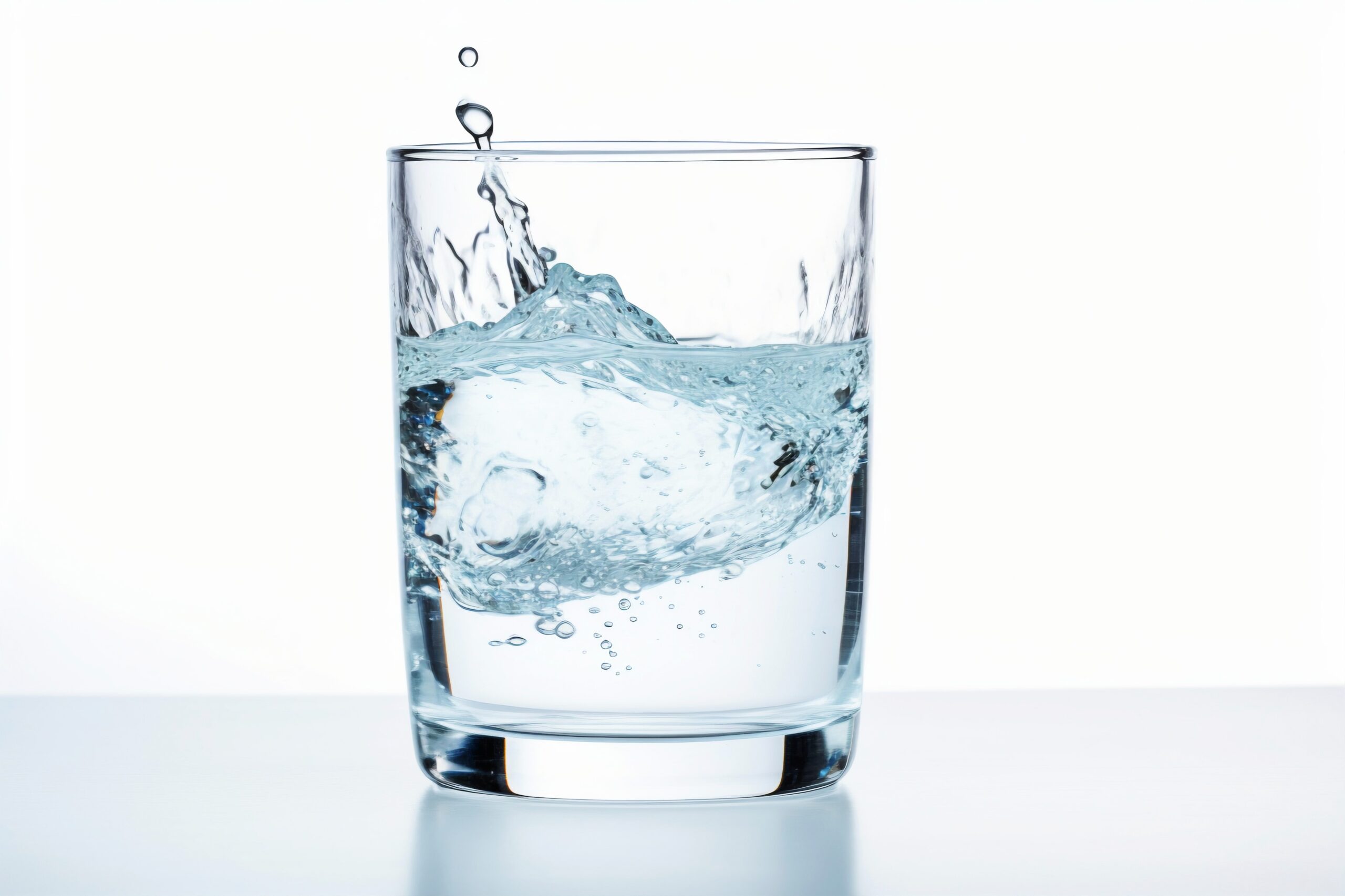Understanding Water Quality: Common Contaminants and How Filters Help

Access to clean, safe drinking water is essential for health and well-being. Unfortunately, water from municipal supplies and private wells can contain various contaminants that pose risks to human health. Understanding these common contaminants and how water filters can help is crucial for making informed decisions about your drinking water. Many households rely on a water filter to remove contaminants and ensure safe hydration. In this article, we will explore the types of contaminants typically found in water, their potential health effects, and how different water filtration systems can effectively remove them.
The Importance of Water Quality
Water quality is a critical aspect of public health. Contaminated water can lead to a range of health issues, from gastrointestinal illnesses to long-term chronic diseases. The U.S. Environmental Protection Agency (EPA) regulates public water systems to ensure they meet safety standards, but contaminants can still slip through due to aging infrastructure, natural disasters, or industrial activities.
a. Health Impacts of Contaminated Water
Contaminants in water can have various health impacts, including:
- Short-Term Illnesses: Exposure to harmful microorganisms can lead to gastrointestinal issues, nausea, vomiting, and diarrhea.
- Long-Term Health Risks: Chronic exposure to certain contaminants can result in severe health problems, such as kidney damage, reproductive issues, and increased cancer risk.
b. Understanding Water Testing
To assess the quality of your water, consider conducting a water test. Home testing kits are available, or you can obtain a report from your local water supplier. Testing for specific contaminants will help you understand the quality of your water and determine whether a filtration system is necessary.
Common Contaminants in Water
Several types of contaminants can affect water quality. Here’s a closer look at some of the most common:
a. Microorganisms
Microorganisms, including bacteria, viruses, and parasites, are common contaminants in water, particularly in untreated sources.
Common Examples:
- E. coli: A type of bacteria that can cause severe gastrointestinal illness.
- Giardia: A parasite that can lead to gastrointestinal distress and dehydration.
Health Risks: Microbial contamination can cause waterborne diseases, leading to serious health issues, especially in vulnerable populations like children and the elderly.
b. Heavy Metals
Heavy metals can leach into water supplies from industrial processes, mining, and aging infrastructure.
Common Examples:
- Lead: Often found in old plumbing and fixtures; can cause developmental issues in children and other health problems.
- Arsenic: A naturally occurring element that can contaminate groundwater, associated with cancer and skin lesions.
Health Risks: Chronic exposure to heavy metals can lead to neurological damage, developmental delays, and increased risk of chronic diseases.
c. Chemical Contaminants
Chemical contaminants can originate from agricultural runoff, industrial discharges, and household products.
Common Examples:
- Pesticides and Herbicides: Chemicals used in agriculture can enter water supplies through runoff.
- Chlorine: Used as a disinfectant in municipal water systems, chlorine can affect taste and may form harmful byproducts.
Health Risks: Some chemical contaminants can disrupt endocrine function, cause reproductive issues, and increase cancer risk.
d. Nitrates
Nitrates are commonly found in agricultural areas due to fertilizer runoff.
Health Risks: High levels of nitrates can lead to “blue baby syndrome,” a condition that affects the oxygen-carrying capacity of infants’ blood, potentially leading to serious health complications.
How Water Filters Help

Water filters are effective tools for improving water quality. Different types of filters target different contaminants, making it essential to choose the right one for your specific needs.
a. Activated Carbon Filters
How They Work: Activated carbon filters use a bed of activated carbon to absorb impurities as water passes through.
Effectiveness:
- Removes: Chlorine, sediment, volatile organic compounds (VOCs), and some heavy metals.
- Limitations: Not effective against microorganisms without additional treatment.
b. Reverse Osmosis Systems
How They Work: Reverse osmosis (RO) uses a semi-permeable membrane to remove contaminants from water by applying pressure.
Effectiveness:
- Removes: Heavy metals, salts, microorganisms, and a wide range of chemical contaminants.
- Limitations: Can waste water during the filtration process and may require professional installation.
c. UV Filters
How They Work: UV filters use ultraviolet light to kill bacteria, viruses, and other microorganisms.
Effectiveness:
- Removes: Microbial contaminants effectively.
- Limitations: Does not remove chemical contaminants or sediments.
d. Whole House Filters
How They Work: Whole house filtration systems are installed at the point of entry, filtering all water that enters the home.
Effectiveness:
- Removes: Sediment, chlorine, and some heavy metals, depending on the filtration technology used.
- Limitations: May require more regular maintenance and higher upfront costs.
Choosing the Right Water Filter
When selecting a water filter, consider the following factors:
a. Identify Contaminants
Before purchasing a filter, identify the specific contaminants present in your water supply. Testing your water will provide valuable information to help you choose the right system.
b. Filter Type
Choose a filter type that effectively targets the contaminants of concern. For example, if microorganisms are a primary concern, consider a UV filter or a reverse osmosis system.
c. Maintenance Requirements
Consider the maintenance requirements of the filter, including how often you need to replace cartridges and clean the system. Some filters require more frequent maintenance than others.
d. Budget
Filters come in a range of prices, from inexpensive pitcher filters to more expensive whole-house systems. Assess your budget and consider the long-term costs, including replacement filters and maintenance.
Conclusion
Understanding water quality and the common contaminants that can affect it is crucial for maintaining health and safety. By being informed about the potential risks associated with contaminated water, you can take proactive steps to ensure that the water you and your family consume is safe.
Water filters are effective tools for improving water quality, but it’s important to choose the right one based on your specific needs. Whether you’re concerned about microorganisms, heavy metals, or chemical pollutants, there’s a filtration solution that can help provide cleaner, safer drinking water. Prioritizing water quality is not just a personal choice; it’s a vital step toward ensuring the health and well-being of you and your loved ones.
